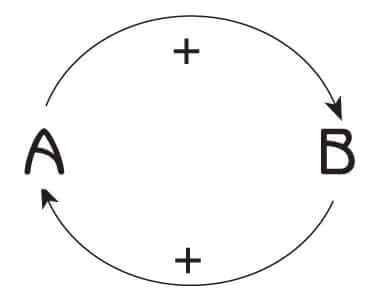“Simple, but not easy.” As anyone who’s ever practiced mindfulness knows, it’s simple to pay attention and feel our breath for a moment. Strengthening awareness into a more continuous habit is the true challenge.

When we first begin practicing mindfulness, we may have many expectations of what’s “supposed” to happen. After all, the instructions say to sit quietly and feel our breathing. We assume that this is the proper experience we should have. Yet as anyone who’s tried to follow their breath for more than a few moments knows, our minds have much more in store for us!
Often, it goes something like this. We sit down, settle ourselves, and begin feeling one breath. Within a matter of moments, our attention often gets captured by a thought about something we need to do, a conversation we’ve had, or anything other than simply feeling the breath. One thought leads to another, and the process of associative thinking continues for anywhere from a few seconds to many minutes.

What’s your most common response in that moment of waking up from a daydream? If you’re like most folks, it’s some version of self-judgment, criticism, or frustration. It starts with, “Dang!” (or something slightly less benign…) and is often immediately followed by: “I can’t believe I…” or “I’ll never…” Sound familiar?
These kinds of habitual responses fail to take advantage of what’s just happened: mindfulness returned. In other words, the practice is working!

A second common challenge is the sense that it’s somehow our fault that we have forgotten to be mindful; that it’s by choice our attention has wandered. Here again, we’re operating from a false assumption: that we have control over our minds. Mindfulness practice reveals how strongly the mind is conditioned by forces other than our own will. So, rather than taking the habit of a wandering mind personally (“it’s my fault”), we come to see it as just that: a habit, an ingrained program. It’s through seeing these habits of mind that we have the opportunity to slowly begin to lay down new programs.

Consider what the effect would be if instead you celebrated the moment of returning to the present. In welcoming the attention back, we create a positive feedback loop, where we’re encouraged to return and rest in the present moment.
For in that moment, the work of the practice is accomplished: you’re already back. We can try smiling softly and thinking, “Oh, good. The practice is working.” You may be surprised at how much more enjoyable mindfulness practice becomes, not to mention how much mindfulness starts to strengthen.